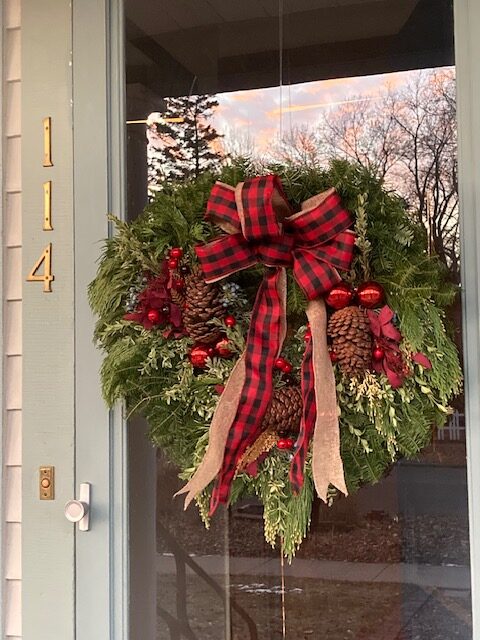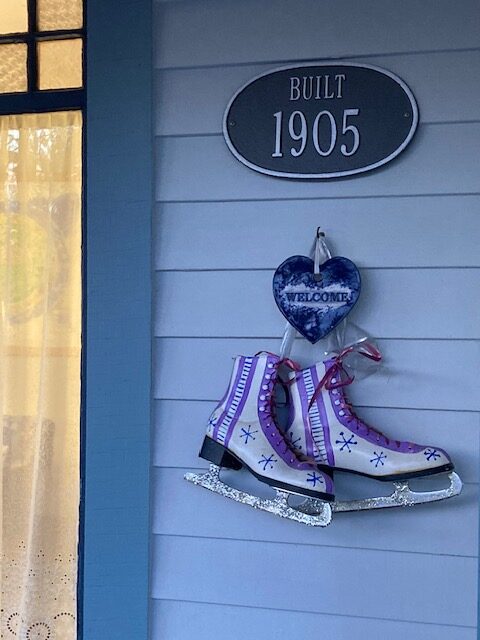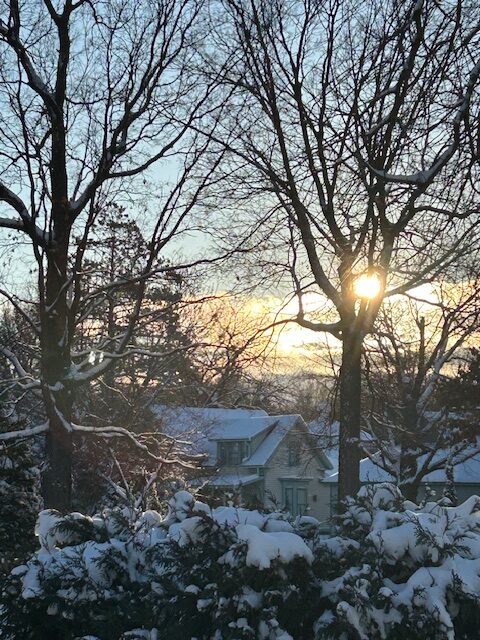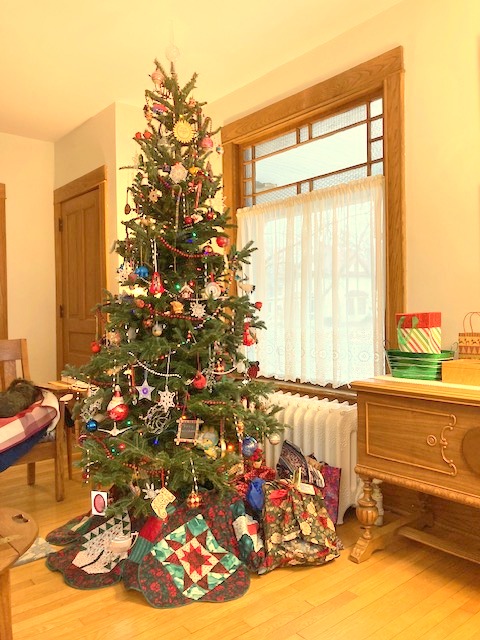
Author Archives: Leslie Schultz
Happy Christmas!
Postcard: Winter Solstice Sunrise, 2024
Postcard: Red and Green
THE ORCHARDS POETRY JOURNAL (Winter 2024) is Published!

The Orchards Poetry Journal has just published its Winter 2024 issue. Paper copies can be purchased from the Kelsay Books website or Amazon, and the issue can be read and downloaded in digital form for free.
This issue is especially welcome because it includes not only my own poem, “Celestial Navigation”, written during National Poetry Month in 2022, but a beautiful and thoughtful poem by my friend and neighbor, Susan Jaret McKinstry, entitled “Seasoning.” There are dozens of other interesting poems in this issue, too. I know that I shall enjoy reading a few each morning once my paper copy arrives. If anything can chase away these December grey clouds, The Orchards will do it.
Wishing you much light and joy this reading season!
LESLIE





